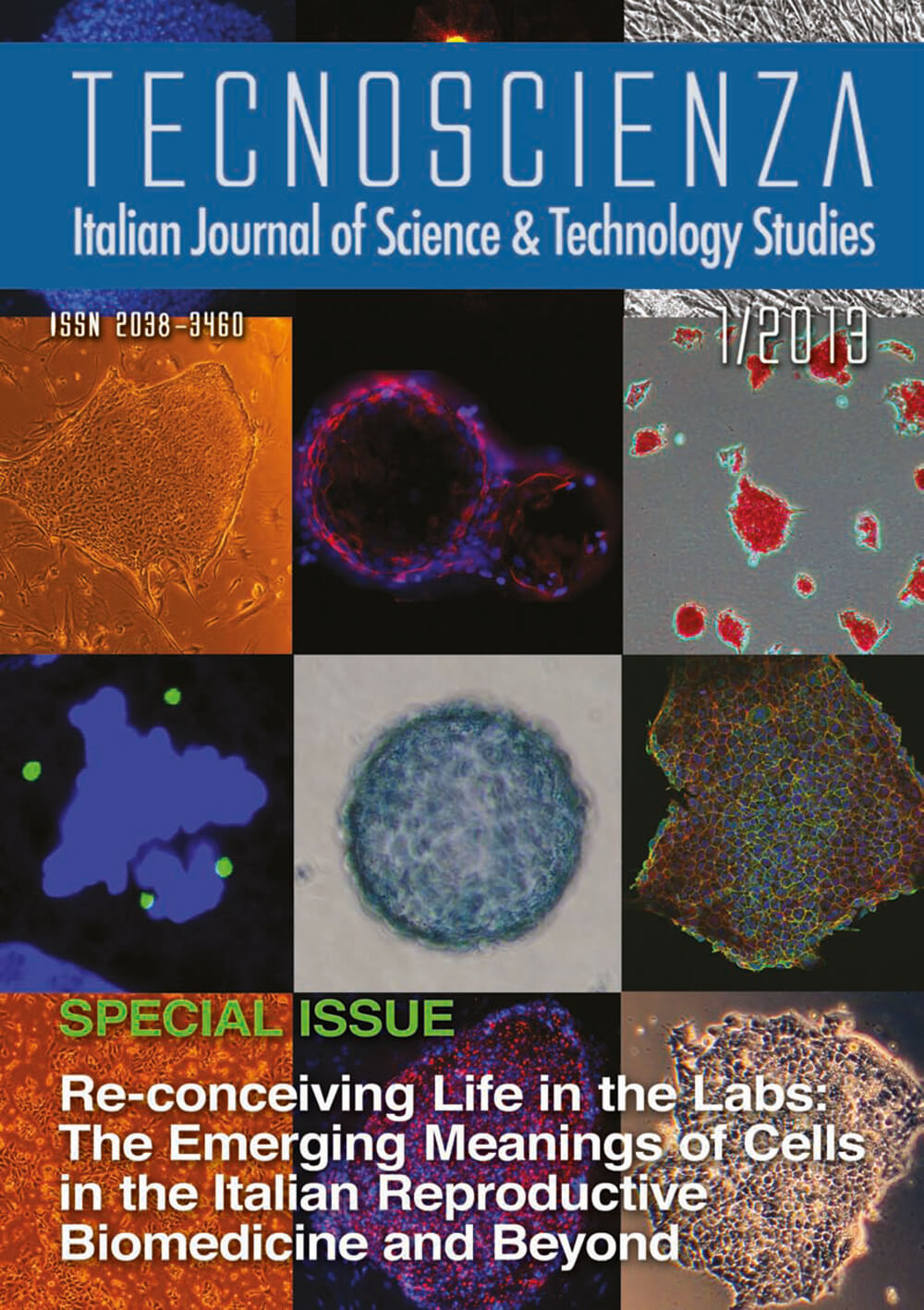Embryo Watching: How IVF Has Remade Biology
DOI:
https://doi.org/10.6092/issn.2038-3460/17084Keywords:
IVF, micromanipulation, human embryo, biological control, visual cultureAbstract
In addition to being one of the most iconic of the new reproductive technologies introduced in the late twentieth century, in vitro fertilization is also a technology of representation – a looking glass into conception, a window onto early human development, and as such a new form of public spectacle. Still a rapidly expanding global biomedical service sector, IVF technology is also the source of new images of human origins, and thus offers a new visual grammar of coming into being. This lecture explores these connections, and argues that the micromanipulation imagery associated with IVF, and now a routine feature of news coverage and popular debate of NRTs, also introduces a new connection between cells and tools, thus returning us to one of the oldest sociological questions – the question concerning technology. Moving between IVF as a technology of reproduction, and a visual technology, enables us to revisit a series of broad sociological questions concerning technology, reproduction, genealogy and the future of biological control from the unique perspective offered by the conversion of the human embryo into both a tool and a lens.





